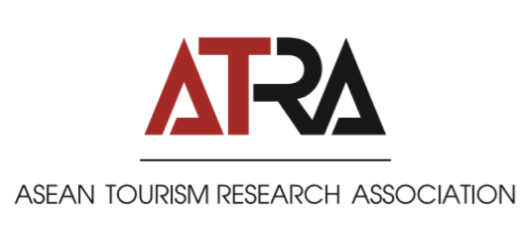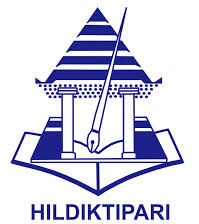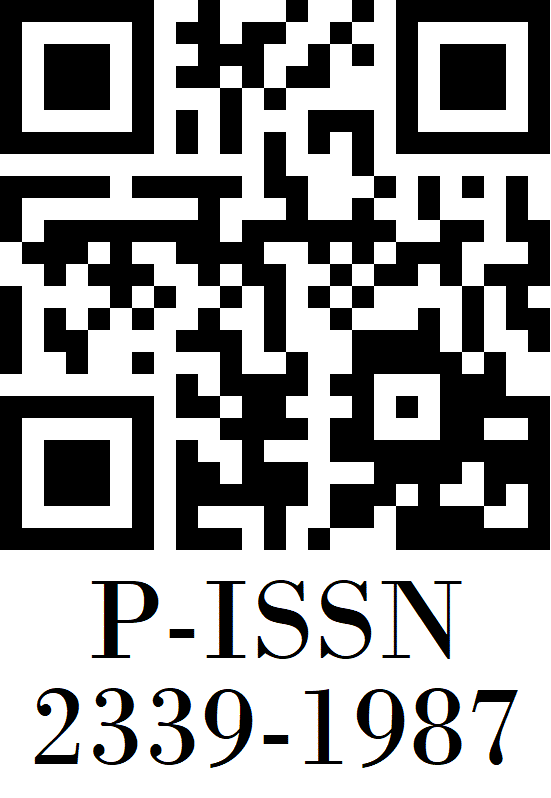Warisan Budaya, Pariwisata dan Pembangunan di Muarajambi, Sumatra
Abstract
This paperis part ofapreliminary studyon the potentialsand problemsin the development ofheritage tourismasa rural and regional development strategyinMuarajambi. Itaimsto presentthe variousdynamicsin the relationshipbetweentourism, culturalheritage, anddevelopment through Muarajambi’s case. This studyusesqualitative dataobtainedthroughfield observations,interviews, secondarydata collectionandliterature studies. It concludes that the development of certain economic sectorswithin the heritage area causes disruption toheritage conservation and limits heritage tourism development. The study suggests that the area must be declared as heritage conservation area through appropriate legalframework and that clear coordination mechanism between central and local governments that aim toward conserving heritage for communities’ welfare should be realized.
Keywords: cultural heritage, tourism, development
References
Aas, C., Ladkin, A., dan Fletcher, J. 2005. Stakeholder Collaboration and Heritage Management. Annals of Tourism Research 32: 28-48.
Asworth, G.J. dan Tunbridge, J.E. 1999. Old Cities, New Pasts: Heritage Planning in Selected Cities of Central Europe. GeoJournal 49: 105-116.
Asworth, G.J. 2006. The Commodification of the Past as an Instrument for Local
Development: Don’t Count on It. dalam McLoughlin, J., Kaminski, J. and Sodagar, B. (editor) Heritage Impact 2005: Proceedings of the First International Symposium on the Socio-economic Impact of Cultural Heritage. Budapest: Archaeolingua.
BBC Indonesia. 2012. Petisi Penyelamatan Situs Muarajambi (Save Muarajambi Online Petition). BBC Indonesia 16 Februari 2012 edition. Tersedia online: http://www.bbc.co.uk/indonesia/ berita_indonesia/2012/02/120216_savesits muarajambi.shtml, diakses: 18 February 2013.
Beeton, S. 2006. Community Development through Tourism. Collingwood: Landlinks Press.
BPS Jambi. 2012. Produk Domestik Regional Bruto.
Budiarto, I. 2012. Analysis: Coal Becoming Sunset Industry. The Jakarta Post, 27 September 2012 edition.
Drost, A. (1996) Research Notes. Developing sustainable tourism for World Heritage sites. Annals of Tourism Research 23(2): 479-492.
Engelhardt, R.A. 2005. World Heritage: Its Implication and Relevance for Humanity.
Presentation paper. Training Workshop on the Conservation and Management of World Heritage Sites, 18 April 2005, UNITAR Hiroshima Office for Asia and the Pacific: Hiroshima.
Fahmy, N. 2012. Cagar Budaya yang Terancam di Tepian Batanghari (Threatened Cultural Heritage on the Batanghari River Banks). Kompas edisi 20 Maret 2012.
Hapsari, M. 2011 Coping with Environmental Standards in Trade: Indonesian Experience with Sustainable Palm Oil Debate. Journal of World Trade Studies 2(1), pp.7-22. Yogyakarta: U Gadjah Mada.
Kausar, D.R. 2011. Socio-economic Impacts of Heritage Tourism on Its Locality: A Case Study of Borobudur Temple Compounds World Heritage Site, Central Java. Forum of International Development Studies 40: 131-150.
Leask, A. 2006. World Heritage Designation. In Leask, A. and Fyall, A. (eds) Managing World Heritage Sites. Oxford: Butterworth-Heinemann.
Li, M., Wu, B., dan Cai, L. 2008. Tourism Development of World Heritage Sites in China: A Geographic Perspective. Tourism Management 29(2): 308-319.
Matsuura, K. 2008. Keynote speech. In World Heritage and Public Works: Development Cooperation for Poverty Alleviation Seminar. Tokyo, Japan 29 August 2008. United Nations University: Tokyo.
Munoz, P.M. 2006. Early Kingdoms of the Indonesian Archipelago and the Malay Peninsula. Singapore: Editions Didier Millet Pte Ltd.
Nuryanti, W. 1996. Heritage and Postmodern Tourism. Annals of Tourism Research 23(2): 249-260.
Putnam, R.D. 1995. Bowling Alone: America’s Declining Social Capital. Journal of Democracy 6(1): 65-78.
Poria, Y., Reichel, A. dan Biran, A. 2006. Heritage Site Management: Motivations and Expectations. Annals of Tourism Research 33(1): 162-178.
Rizzo, I. dan Mignosa, A. 2006. Policy Decisions and Cultural Heritage Impact. In
McLoughlin, J., Kaminski, J. and Sodagar, B. (eds) Heritage Impacts 2005. Budapest: Archaeolingua.
Sirait, J. 2012. A Lost Island and Temple of Doom as Jambi Trade Away its Valuable History. The Jakarta Globe, 8 March 2012 edition.
Stebbins, R.A. 1996. Cultural Tourism as Serious Leisure. Annals of Tourism Research 23(4): 948-950.
Sudhamek, AWS. 2011. Muaro Jambi: Universitas Tertua di Indonesia (Muaro Jambi: The Oldest University in Indonesia). Kompas, 7 September 2011 edition.
Timothy, D.J. dan Nyaupane, G.P. 2009. Cultural Heritage and Tourism in the Developing World: A Regional Perspective. Contemporary Geographies of Leisure, Tourism and Mobility Series. Routledge, Oxon.
Tirtosudarmo, R. 2013. The Political Economy of Cultural Heritage. The Jakarta Post, 25 January 2013 edition.
Throsby, D. 2003. Cultural Sustainability. In Ruth Towse (ed) A Handbook of Cultural Economics. Edward Elgar Publishing Limited, Cheltenham.
UNESCO. 2009. Muarajambi Temple Compound. Tersedia online: http://whc.unesco.org/en/ tentativelists/5465/, diakses 3 November 2013.
Utomo, B.B. 2012. Buddhism in Nusantara.
Surabaya: Buddhist Education Center.
Wahid. 2011. Hubungan Historis Candi Muaro Jambi – Nalanda (Historical Relationships between Muaro Jambi and Nalanda). Tribun Jambi, 23 February 2011 edition.























